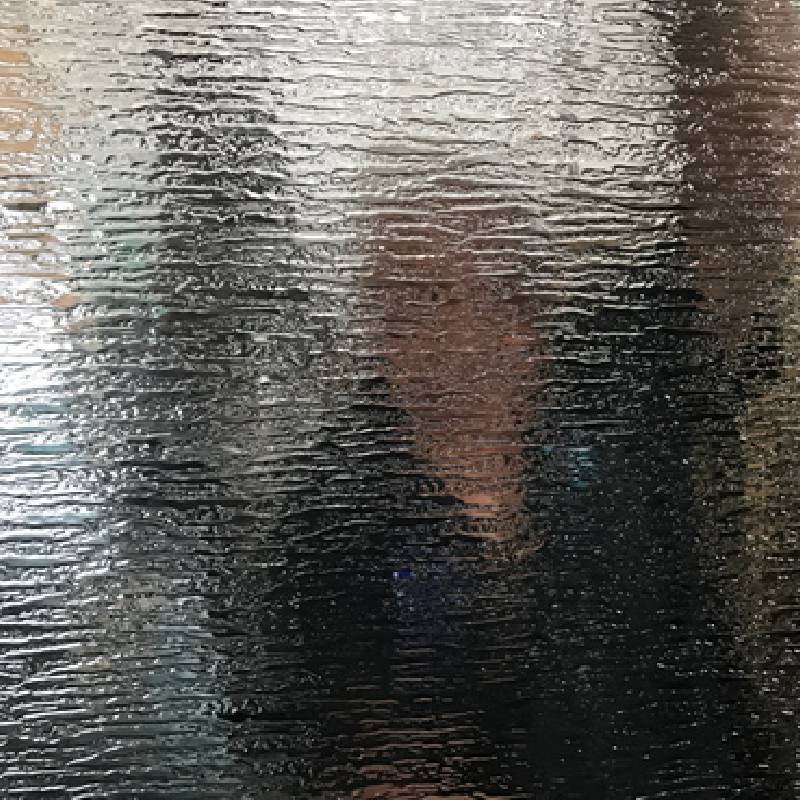Understanding Low-E Reflective Glass A Sustainable Choice for Modern Architecture
In recent years, the focus on sustainable building practices has intensified, putting materials like low-emissivity (Low-E) reflective glass at the forefront of architectural innovation. This revolutionary glass option is engineered to enhance energy efficiency, reduce environmental impact, and improve indoor comfort. As the construction industry continues to evolve, understanding the benefits and functionality of Low-E glass becomes essential for both builders and homeowners alike.
What is Low-E Reflective Glass?
Low-E reflective glass, short for low emissivity reflective glass, is a type of glass that has been treated with a thin metallic coating. This coating allows the glass to reflect infrared energy while still allowing a significant amount of visible light to pass through. Typically, Low-E glass is used in windows and facades, making it an important component in modern architecture. Its primary function is to control heat transfer between the interior and exterior environments.
Energy Efficiency and Cost Savings
One of the most significant advantages of Low-E reflective glass is its energy efficiency. By reflecting unwanted solar heat while allowing light to enter, this glass type helps maintain a comfortable indoor temperature. During the summer months, Low-E glass reduces the need for air conditioning, while in the winter, it minimizes heating costs by keeping warmth indoors. Consequently, homes and commercial buildings equipped with Low-E glass can achieve substantial energy savings, leading to lower utility bills.
In fact, studies have shown that buildings utilizing Low-E glass can reduce energy consumption by up to 30% or more compared to traditional glazing options. This energy efficiency not only benefits the occupants financially but also reduces overall carbon footprints, aligning with global sustainability goals.
Comfort and Design Flexibility
low e reflective glass
In addition to energy efficiency, Low-E reflective glass enhances indoor comfort. It helps to control glare and minimizes temperature fluctuations within the building. This creates a more pleasant environment for occupants, whether in residential spaces, offices, or educational institutions.
Moreover, the aesthetic appeal of Low-E glass cannot be overlooked. It offers designers and architects considerable flexibility in achieving their vision. With numerous architectural styles and finishes available, Low-E glass can complement various building designs, from sleek modern structures to more traditional ones. This adaptability enables the glass to be used in diverse applications, from large commercial skyscrapers to cozy homes.
UV Protection
Another crucial element of Low-E reflective glass is its capacity to block harmful ultraviolet (UV) rays. Prolonged exposure to UV rays can lead to skin damage and cause fading in furniture, textiles, and artwork. Low-E glass significantly reduces UV radiation, protecting both the health of occupants and the integrity of interior furnishings. This added layer of protection is especially valuable in areas with high sun exposure, making Low-E glass a practical choice for various climates.
Environmental Impact and Certifications
The environmental benefits of Low-E glass extend beyond energy efficiency and UV protection. Many Low-E products are manufactured with sustainability in mind, using recyclable materials and processes that reduce waste. Furthermore, buildings that incorporate Low-E glass may qualify for green building certifications, such as LEED (Leadership in Energy and Environmental Design). Obtaining such certifications can not only signify a commitment to sustainability but also enhance the property’s market value.
Conclusion
In summary, Low-E reflective glass represents a smart investment in both energy efficiency and aesthetic design for contemporary buildings. Its ability to reduce energy costs, enhance comfort, protect against UV rays, and contribute to sustainable architecture makes it an appealing choice for architects, builders, and homeowners alike. As we continue to navigate the challenges of climate change and energy consumption, incorporating Low-E glass into our building practices is a meaningful step forward. The combination of functionality and environmental responsibility positions Low-E reflective glass as a cornerstone of modern architectural solutions. With its numerous benefits, this innovative glass is not just a trend but a crucial element in the quest for a more sustainable future.
 Afrikaans
Afrikaans  Albanian
Albanian  Amharic
Amharic  Arabic
Arabic  Armenian
Armenian  Azerbaijani
Azerbaijani  Basque
Basque  Belarusian
Belarusian  Bengali
Bengali  Bosnian
Bosnian  Bulgarian
Bulgarian  Catalan
Catalan  Cebuano
Cebuano  Corsican
Corsican  Croatian
Croatian  Czech
Czech  Danish
Danish  Dutch
Dutch  English
English  Esperanto
Esperanto  Estonian
Estonian  Finnish
Finnish  French
French  Frisian
Frisian  Galician
Galician  Georgian
Georgian  German
German  Greek
Greek  Gujarati
Gujarati  Haitian Creole
Haitian Creole  hausa
hausa  hawaiian
hawaiian  Hebrew
Hebrew  Hindi
Hindi  Miao
Miao  Hungarian
Hungarian  Icelandic
Icelandic  igbo
igbo  Indonesian
Indonesian  irish
irish  Italian
Italian  Japanese
Japanese  Javanese
Javanese  Kannada
Kannada  kazakh
kazakh  Khmer
Khmer  Rwandese
Rwandese  Korean
Korean  Kurdish
Kurdish  Kyrgyz
Kyrgyz  Lao
Lao  Latin
Latin  Latvian
Latvian  Lithuanian
Lithuanian  Luxembourgish
Luxembourgish  Macedonian
Macedonian  Malgashi
Malgashi  Malay
Malay  Malayalam
Malayalam  Maltese
Maltese  Maori
Maori  Marathi
Marathi  Mongolian
Mongolian  Myanmar
Myanmar  Nepali
Nepali  Norwegian
Norwegian  Norwegian
Norwegian  Occitan
Occitan  Pashto
Pashto  Persian
Persian  Polish
Polish  Portuguese
Portuguese  Punjabi
Punjabi  Romanian
Romanian  Russian
Russian  Samoan
Samoan  Scottish Gaelic
Scottish Gaelic  Serbian
Serbian  Sesotho
Sesotho  Shona
Shona  Sindhi
Sindhi  Sinhala
Sinhala  Slovak
Slovak  Slovenian
Slovenian  Somali
Somali  Spanish
Spanish  Sundanese
Sundanese  Swahili
Swahili  Swedish
Swedish  Tagalog
Tagalog  Tajik
Tajik  Tamil
Tamil  Tatar
Tatar  Telugu
Telugu  Thai
Thai  Turkish
Turkish  Turkmen
Turkmen  Ukrainian
Ukrainian  Urdu
Urdu  Uighur
Uighur  Uzbek
Uzbek  Vietnamese
Vietnamese  Welsh
Welsh  Bantu
Bantu  Yiddish
Yiddish  Yoruba
Yoruba  Zulu
Zulu 

